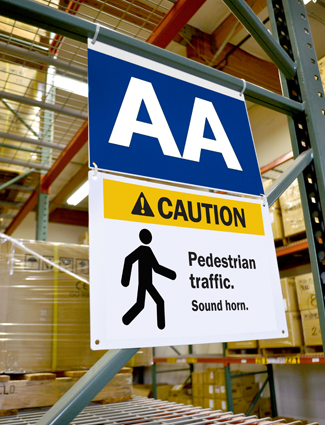Workplace Communication to Protect Young Workers

Every five minutes, a teenager (age 15 to 19) is treated in the emergency room for a workplace injury, according to OSHA. To curtail these types of incidents, the U.S. Department of Labor is opening a national dialogue to seek input on reducing youth injuries in the workplace. The key goals aim to educate teens, as well as help employers learn how to communicate with teens and enrich their workplace safety training.
Making Connections
Looking at the data for young worker injuries and deaths can help pinpoint where the greatest improvements can be made. The employment numbers for youth ages 16 to 24 typically increase during the summer months and were 17.5 million in July 2020, according to the Bureau of Labor Statistics. The states with high numbers of youth injury rates are Texas, Ohio, and Pennsylvania, and they occurred in agriculture production, services, construction, and retail trade, according to NIOSH.
The top incidents that caused deaths:
- Vehicle/transportation: Work truck incidents, including forklifts.
- Struck-by: Falling tools and equipment, or flying, swinging, or rolling objects.
- Caught-in: Squeezed, pinched, crushed by running machinery, and trench cave-ins.
- Violence: Includes robbery and assault by animals.
- Exposure: Harmful substances and environments.
- Slips, Trips, Falls: Obstructions in walkways, spills, lack of PPE.
These are just a few of the typical causes of injury and deaths of younger workers, all of which can be mitigated in practical ways. On OSHA's forum, industry experts and others shared their ideas of improving safety for young workers. Some suggested a mock work hazard situation and Q/A with students. Others called for more formal business classes in high school, where work credit is gained through employment, and safety is taught like the OSHA 10 courses.
Identifying Solutions
"By providing students with an introduction and access to workplace safety, we have the potential to decrease the number of injuries associated with young workers and beyond," said Lester Claravall of the Oklahoma Dept. of Labor. "Employers seeking assistance with OSHA compliance, or to request a workplace presentation, or schedule an OSHA consultation visit, may contact the OSHA Consultation Division at (405) 521-6141."
"Co-host an event with local firefighters and invite local individuals to participate in regional EMS trainings," said Howard Scott.
"(More education) will better prepare them for joining the workforce and will have an impact on them going forward in their careers," said David Coleman. "It's never too early to get educated on things that will have an impact on your life."

"We have found NIOSH's Youth@Work: Talking Safety a very effective way to introduce basic safety principles to our Construction Technology (Carpentry) freshmen class," said George Cirignano. "Thereafter, NOISH's Eight Core Competencies are integrated into the safety curriculum throughout their next three years of high school. We would like to connect and share thoughts and ideas with CTE instructors who have a passion for safety and believe that safety skills are critical employability skills."
There are many ways to educate and train young workers to help keep them safe. Workplaces can start with a job hazard analysis and look with young eyes, as someone who has not done the task before. Next, support workers by utilizing prevention measures, safety best practices, awareness, and technology. Examine workplace child labor plans and local laws. Remember to use the hierarchy of controls, supply the correct type of personal protective equipment, and conduct frequent inspections and training, including emergency plans, to ensure young workers fully understand the task at hand and how to perform work safely. Reinforce awareness and instruction by using visual communication. Look at facility data for near-miss areas and examine OSHA and other injury data to ensure those areas are protected. Mark walking and working aisleways with high-visibility floor tape. Post safety best practices and other instructions on signs. Make sure HazCom plans are current and assess chemical labeling.
Workplaces can help encourage young workers with safety to make it a lifelong habit. "Safety is not just at work . . . it's essential for everything you do," Cirignano said.
Step up visual communication in your workplace. Conduct a facility identification audit by using this complimentary guide.
Related Resources

Simple Tips for Workplace Chemical Safety
New chemicals are created every day for a variety of applications in industry. Working with chemicals and ...
Read
Safety Tips to Drive Down Work Traffic Injuries
The Drive Safely Work Week and Distracted Driving Awareness Month campaigns serve as reminders for workplaces ...
Read
Want to Save Money? Invest in Workplace Safety
Some of the top workplace incidents are often the most costly, according to recent data from Liberty Mutual. ...
Read.png)





